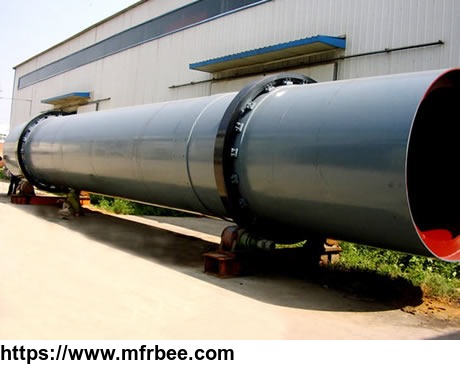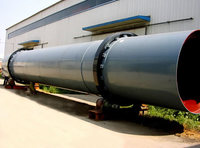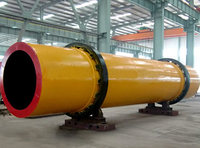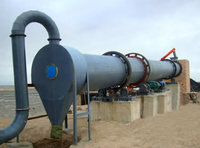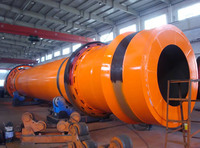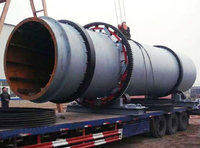Coal Drying Machine Rotary Drum Dryer Price
Product Quick Detail
- FOB Price
- USD $6,666.00 / Piece
- Minimum Order
- 1
- Place Of Origin
- China
- Packaging
- Standard containers
- Delivery
- 15 Days
Specifications

Main feature of coal drying machine rotary drum dryer
1. The internal adopts the assembled structure which has improved the accuracy of the equipment and it is easy to transport and install.
2. According to the characteristics of different fertilizers, we have arranged the second granulation zone reasonably so as to improve the granulation effect.
3. Adopts assembled hoist board so as to exchange heat fully and lower the energy consumption.
4. Temperature induction monitor, uniform vibration and airproof setting, which improve performance and productivity efficiently.
Drying principle of coal drying machine rotary drum dryer
Material to be dried enters the dryer, and as the dryer rotates, the material is lifted up by a series of internal fins lining the inner wall of the dryer. When the material gets high enough to roll back off the fins, it falls back down to the bottom of the dryer, passing through the hot gas stream as it falls. This gas stream can either be moving toward the discharge end from the feed end (known as co-current flow) or toward the feed end from the discharge end (known as counter-current flow). The gas stream can be made up of a mixture of air and combustion gases from a burner, in which case the dryer is called a directly heated dryer. Alternatively, the gas stream may consist of air or another (sometimes inert) gas that is preheated. When the gas stream is preheated by some means where burner combustion gases do not enter the dryer, the dryer known as an indirectly heated type. Often, indirectly heated dryers are used when product contamination is a concern.
- Country: China (Mainland)
- Business Type: FTM main supply different type industrial dryer machines, used widely for mining and construction material drying,Manufacturer
- Market: Africa,Asia,Emerging Markets,G20,Middle East
- Founded Year: 1982
- Address: No.8, Tanxiang Road
- Contact: Wade Wu
